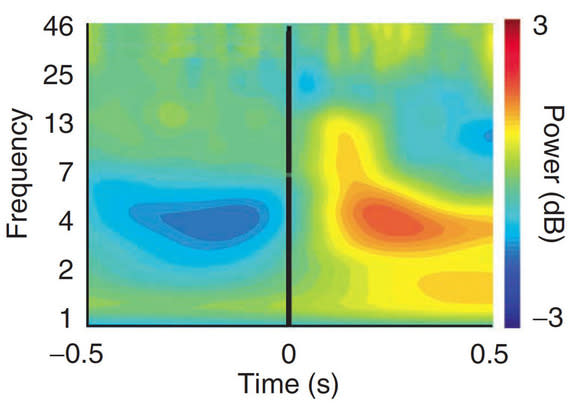
Sono is a noise-cancelling gadget that can selectively convert a specific annoying background noise into a more pleasant sound, such as birds chirping.
The cacophony of any city's hammering jack hammers, beeping buses, and relentlessly yacking citizens can make anyone long for an oasis of silence. Enter the Sono, a futuristic noise-canceling gadget that sticks on the window and turns even the noisiest of rooms into a chill place to think. The pebble-shaped device, a finalist in a prestigious design competition, serves as a reminder of the power of quiet.
"From time to time, I just want to escape the noisy world for a while to reset my mind," Rudolf Stefanich, an industrial designer who created the Sono device while a graduate student at the University of Vienna in Austria, told NBC News in an email. The gadget was selected as a top-20 finalist for the annual James Dyson Award. The famous designer will hand pick and announce a winner on Nov. 7.
Stefanich recently moved to Shanghai to take a job with Designaffaris, an international design and strategy company. Inspiration for Sono came while he was working in a large office where meeting rooms were enclosed with glass doors that looked great, but failed to contain any noise. "I thought, 'Wouldn't it be great if you had a volume knob on that glass to simply turn down the volume," he said.
The Sono device sticks to the window where it senses the noise vibrations on the glass surface. It uses this information to generate a signal that cancels out the vibrations, similar to the way the noise-canceling headphones some travelers wear to drown out the droning conversations of their fellow passengers.
Sono can turn the sound of a barking dog into a tweeting bird.
The major advance comes from the digital sound processing technology that "allows for more complex functions like selective noise cancelling or sound event detection," he explained. "For example, you could detect the sound of your neighbor's dog barking, cancel out that specific sound and replace it with with a bird's tweet."
Yes, Sono can selectively turn the grating yips of that annoying ankle biter into more soothing sounds.
The gadget's battery can be recharged the old-fashioned way via plugging it in to the grid, but it gets extra battery power by harvesting energy from the electromagnetic noise in the surrounding environment, such as Wi-Fi signals. That technology, Stefanich noted, is currently being developed at Nokia Research Center and may soon be a standard feature in many electronic gadgets.
Stefanich is currently looking for a partner and funding to complete the engineering for the device and usher it toward commercial production. To see the vision, check out the video below.












